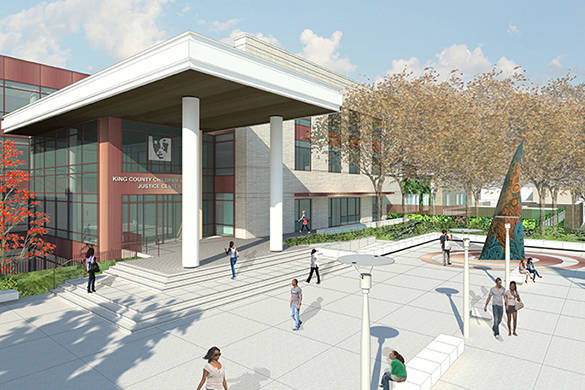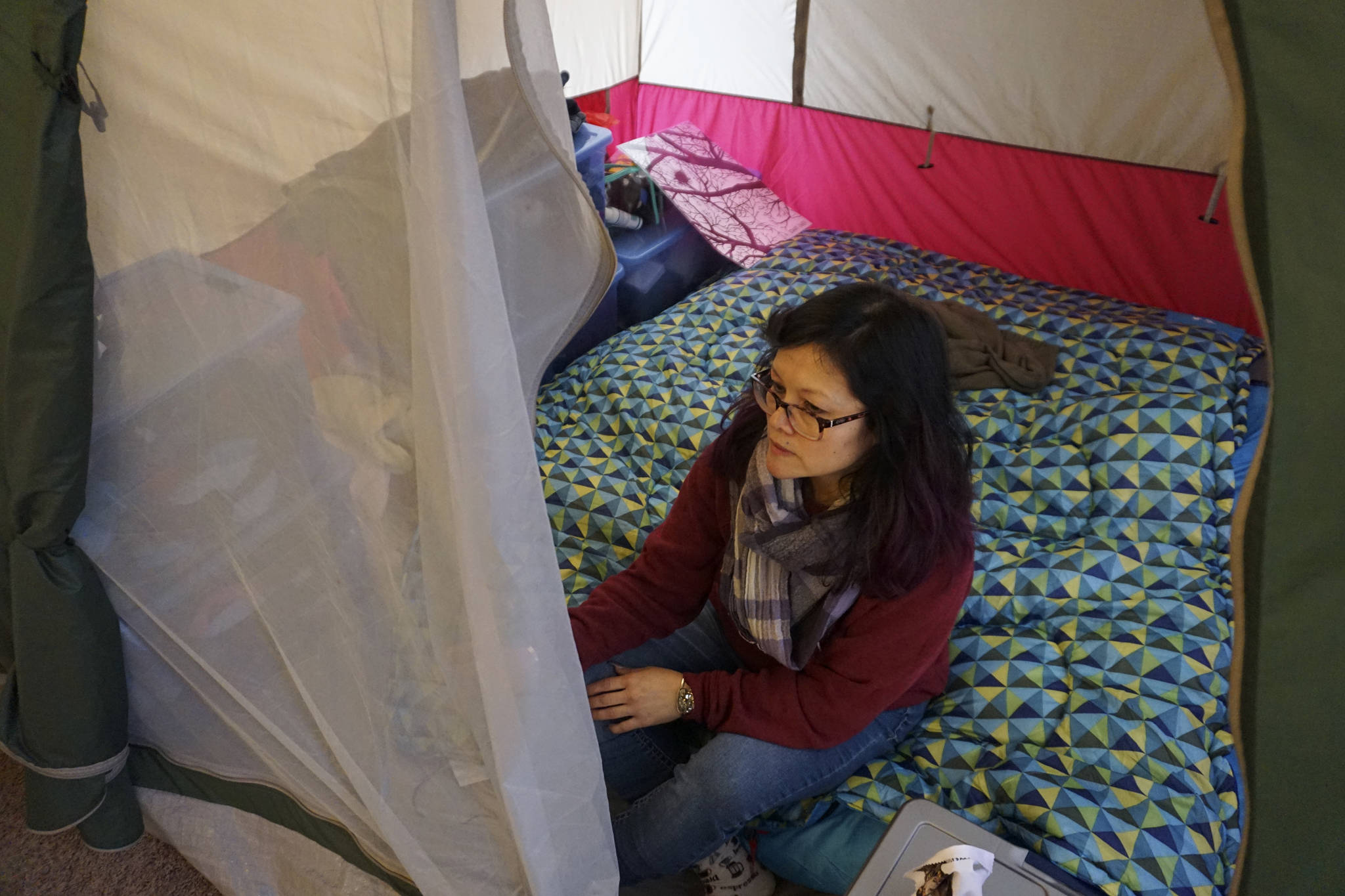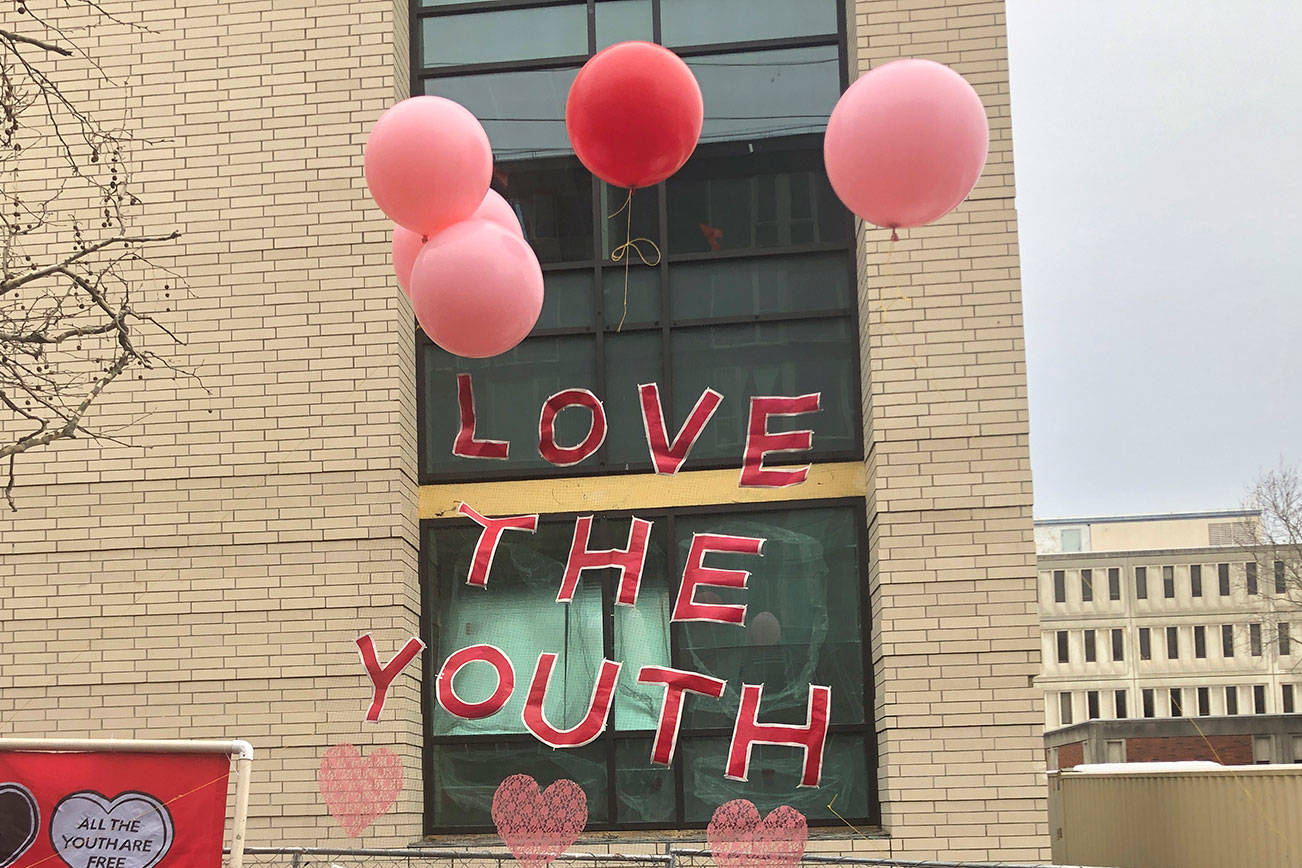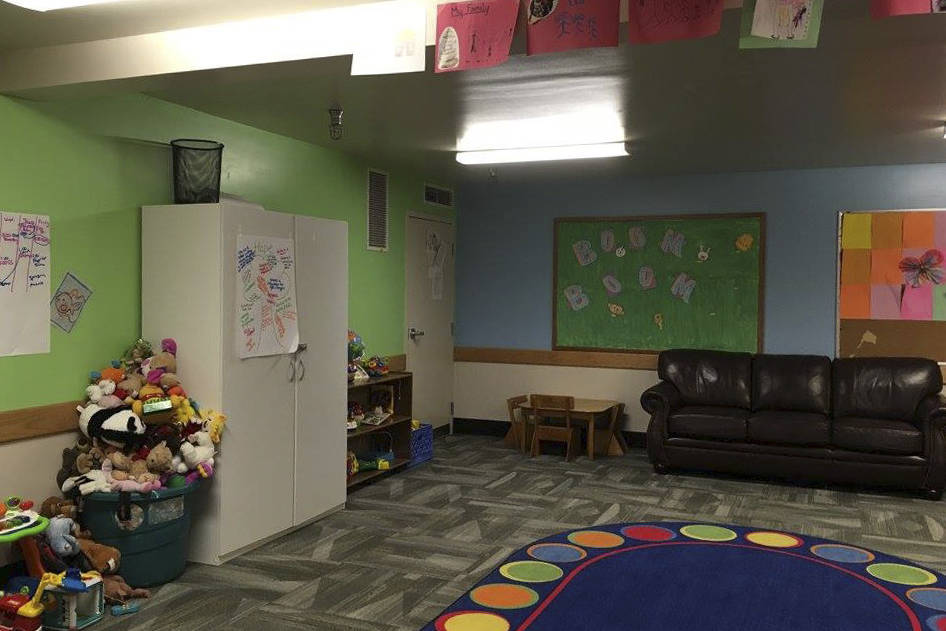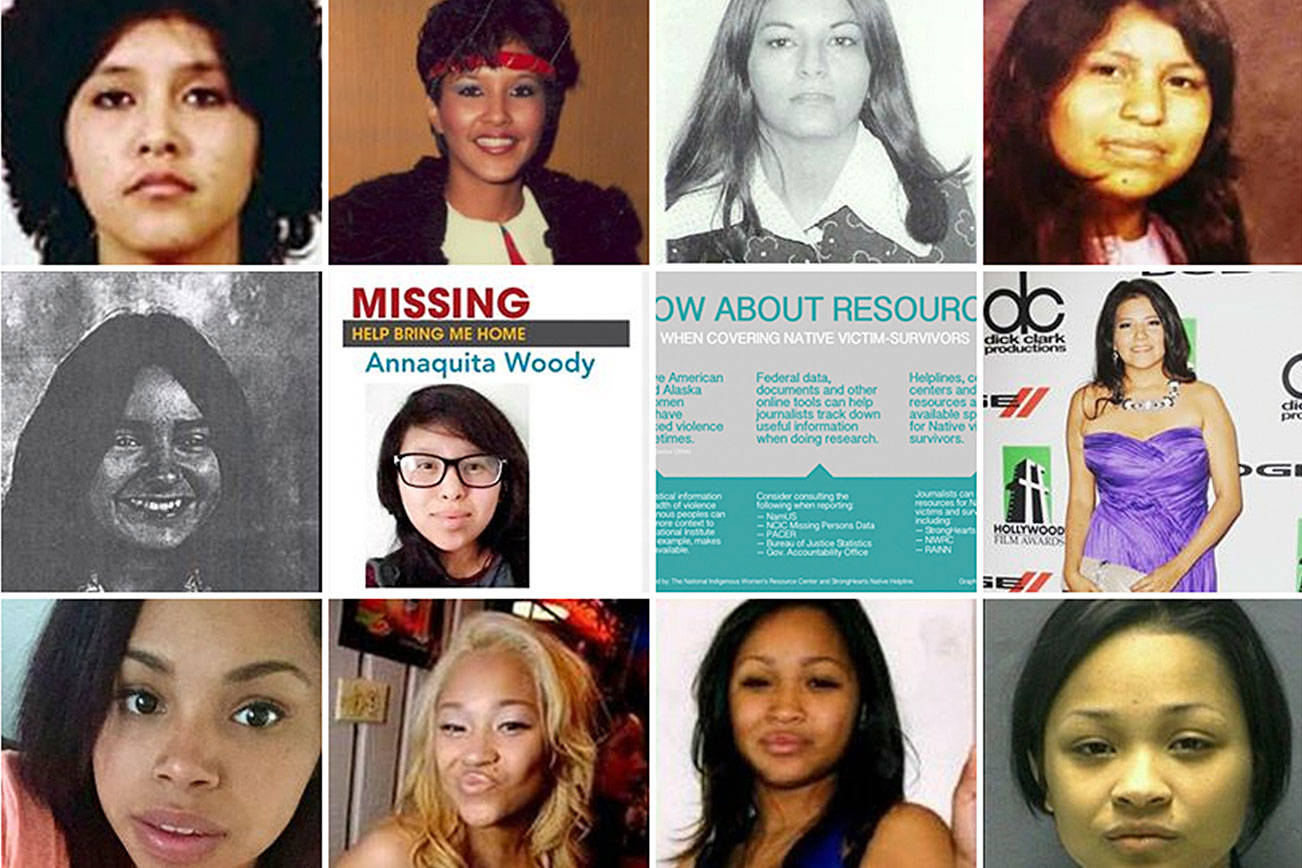The familiar sight of recently laid foundation and cranes erecting steel can be found at 12th Avenue and Alder Street in the Central District. But this construction site — home to the King County Children and Family Justice Center — is a particularly controversial one.
In late September, the Washington Court of Appeals ruled that King County was inappropriately levying property taxes to fund construction of the $210 million project replete with a court house, youth program space, parking garage, and public areas. About a quarter of that funding would also go towards building a juvenile detention center, a proposal which has drawn the ire of activists for several years. In response to the ruling, the county filed a petition for review in the Washington Supreme Court last month, but the court has yet to hear the case. In the meantime, the county has continued to collect property taxes to pay for the project and has moved forward on construction without a clear sense of future funding sources.
Some police reform advocates and lawmakers fear that health and social service programs would be on the chopping block to help fund the project’s completion in the future. “We’re not going to speculate at this time how the Supreme Court will determine this, so we’re not going to speculate on what our response would be,” said Alex Fryer, Director of Communications for King County Executive Dow Constantine, when asked where funding would originate if not from the levy. In response to the lack of certainty, King County Councilmember Rod Dembowski is considering ways to safeguard health and human service programs that could be cut to make up for the funding loss if the county loses its appeal.
The story of the Children and Family Justice Center construction spans over five years with plenty of hiccups in between. In 2012, voters approved a $210 million levy under Proposition 1 to replace the current Youth Services Center facilities. Then in 2016, nonprofit Ending the Prison Industrial Complex (EPIC) sued the county for over-collecting property taxes for the project beginning in 2014. It also argued that the proposition’s language didn’t expressly state that funding would go towards the construction of a new juvenile detention facility. Although the Court of Appeals agreed that the method for funding was inappropriate, the ruling didn’t preclude the county from continuing with construction.
“The story that the county doesn’t want to talk about is that they’re moving forward with the construction of an unneeded jail without any way to pay for it,” said EPIC’s attorney Knoll Lowney. “We haven’t found another case where a tax has been declared illegal and a government just keeps collecting it and spending the money.”
Moreover, the county would have to refund the levy money to residents if it loses the appeal, which Lowney says is likely. “The Supreme Court accepts review of very few cases and it overturns even fewer,” he said.
Councilmember Dembowski is also worried about how the county would pay for the center if the revenue is deemed improper by the State Supreme Court. He drove by the facility a couple of weeks ago and “up it was going.” If the county loses the levy money, Dembowski said he would consider introducing policies that ask the Executive to identify funding from the criminal justice budget instead of from health and human services programs to pay for the project.
Activists argue that the new juvenile detention center is being constructed at a time when youth incarceration is decreasing. The area’s youth detention rate was at its lowest in at least two decades in 2016, with 51 kids in detention on any given day, according to a 2017 Seattle Times report. And although the percentage of youth of color being jailed has fallen in recent years, it’s still disproportionately high. The report found that half of the incarcerated youth were black in 2016, although African Americans only make up about 13 percent of the county’s population.
The County argues that the current Youth Services Center is outdated and that it would cost over $40 million just to renovate it, which is around the same amount as the new youth detention center that is being constructed.
Dembowski said he asked the Executive’s office for an analysis on the risks of halting or continuing construction, but that he still hasn’t received a report. “I’m a little frustrated to see the concrete poured and the steel go up on a project that isn’t the best we can do, but this issue is bigger than one project in my view,” Dembowski said. “We have to set our sights toward making it used as little as possible by diverting and directing resources toward prevention and support and making it obsolete.”
mhellmann@seattleweekly.com
Correction: A previous version of this story incorrectly spelled Alex Fryer’s name. It has been corrected.
